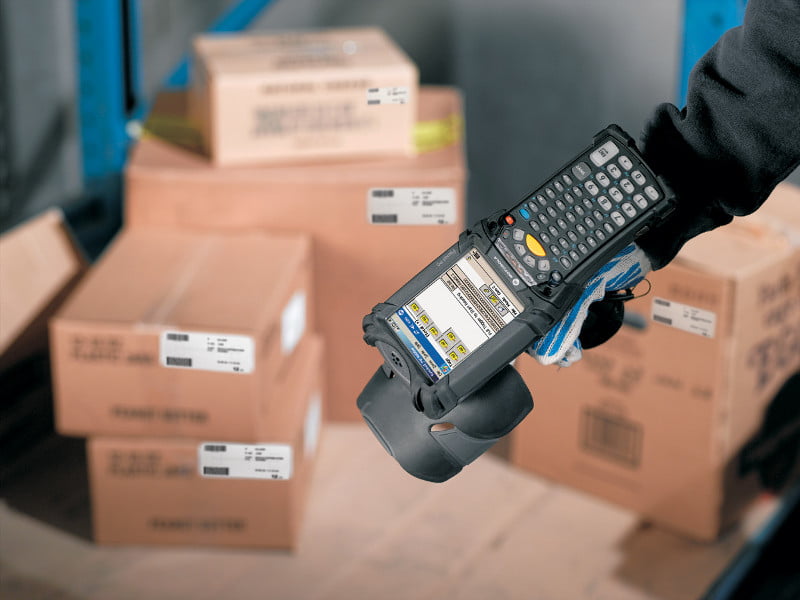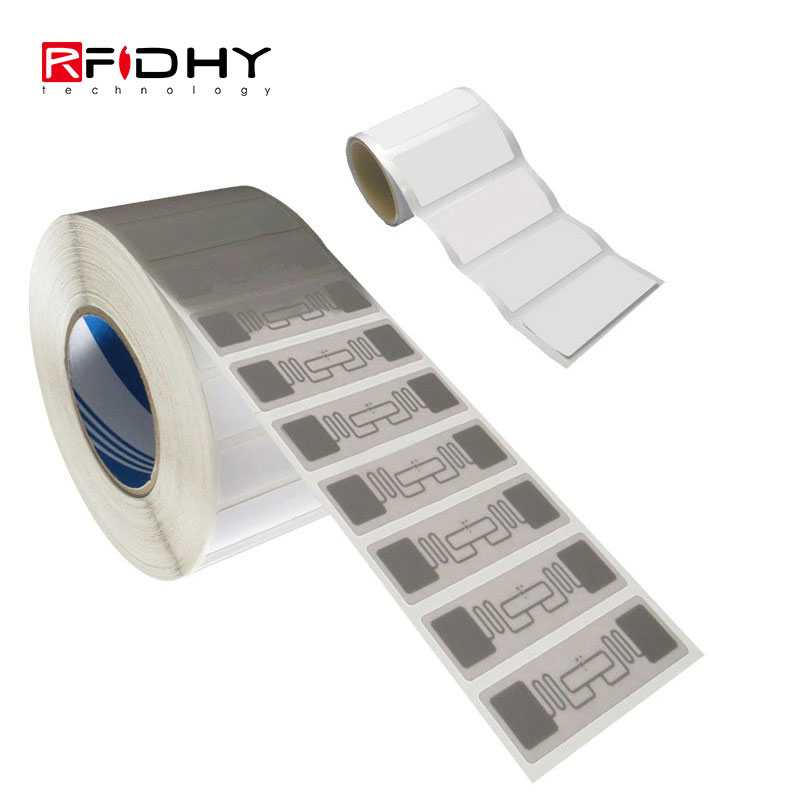Abstract: So, what is unique about the “precision radio frequency identification technology” launched by brief express?
Recently, the exposure of “precision radio frequency identification technology” led by Brief Express has aroused widespread concern in the industry, and this new technology is called the third generation of RFID technology.
So, what is unique about the “precision radio frequency identification technology” launched by Brief Express?
It is understood that after more than two years of research and development, Brief Express has greatly improved the recognition accuracy to 99.8% by optimizing the chip, the reader and a set of recognition algorithms behind it, reaching the world’s leading level. Moreover, the conditions for large-scale commercial use are already available, which is expected to greatly promote the digital upgrade of the supply chain and logistics fields.
In fact, as early as last year, there was news that Brief Express joined NXP to develop solutions based on RFID technology and smart retail to promote the digital strategy upgrade of the logistics supply chain.
At that time, Brief Express and NXP publicly announced that they would jointly develop a new generation of low-cost, high-performance UHF radio frequency identification technology (RFID) agreement, improve the operational efficiency of supply chain and logistics management systems, and output digital solutions for global logistics centers. The ultimate goal is to improve the recognition rate of RFID applications and reduce application costs, thereby promoting the popularization of RFID digital methods in the logistics industry.
RFID leads logistics and supply chain scenarios to digitalization
For a long time, logistics has been one of the core application scenarios of RFID technology. It is usually used in the inventory of goods in the commodity circulation of the supply chain, inbound and outbound, and full-link tracking, etc., which can improve the efficiency of warehousing logistics management and service levels. Great benefit.
The EPC global standard system is a specific standard system formulated for the field of logistics supply chain. The goal is to solve the transparency and traceability of the supply chain. To this end, EPC global has formulated the EPC coding standard, which can provide a unique identification for all items, and has also formulated an air interface protocol, a reader-writer protocol, and so on.(Overall composition of EPC system)
Today, EPC global is already one of the most influential international standardization organizations in the RFID field. Its core members include hundreds of companies represented by Wal-Mart, Microsoft, Cisco, Philips, Metro, and Gillette. The members are generally European and American companies.
As far as the current situation is concerned, for the logistics industry, barcode technology is the most widely used. After years of development, barcode technology has found its own best application scenario, which is supermarket cargo management. However, RFID technology has brought a new development direction to the logistics industry, is driving the entire industry to change in the direction of digitization, and will lead the industry into a new stage.
Compared with traditional barcode technology, RFID technology has the advantages of large amount of stored information, non-contact identification, long identification distance, high identification rate, reusability, and the ability to exchange information with computer information systems. In actual scenarios, the application of RFID technology can greatly improve the operational efficiency of logistics, speed up the time of goods in and out of the warehouse, reduce manpower consumption, and quickly and accurately carry out cargo inventory, cargo location tracking, and so on.

(Comparison of traditional barcode and RFID application characteristics)
At present, many companies are aware of the revolutionary significance of RFID technology, including Wal-Mart in the United States, Tesco in the United Kingdom, Metro in Germany and other international retail giants are vigorously promoting the application of RFID technology, and bringing animal flow and supply chain reforms.
Pingyuan Nao is the originator of modern logistics in Japan. He founded Japan Pallet Rental Co., Ltd. (JPR) in 1971 and vigorously promoted the establishment of an integrated pallet sharing system. In the process of promoting the integrated development of pallets in Japan, RFID can be said to be indispensable.
After using RFID technology, JPR was able to understand the distribution of pallets nationwide in real time, and greatly increased the utilization rate of pallets. The management level of pallets was greatly improved, and at the same time, the loss of customers’ pallets was greatly reduced.
Previously, due to the huge number of pallets, it was very difficult to manage, and the management method could only choose an extensive mode. After using RFID technology, the precision of pallet management has been greatly improved. Not only can we know the number of customer pallets, but also specific information such as specific pallet types.
From the perspective of market economy, the benefits of RFID are all-round. Its application in the logistics and supply chain fields is not only for pallets, but also improves the operational efficiency of the logistics and supply chain industries as a whole, and transforms the entire The production and circulation links of the manufacturing industry further promote the development of the entire social economy.
Leading the development of the industry, digital intelligence transformation is the future
It is understood that in general logistics scenarios that include liquids, metals and other commodities, the inventory trolley using Brief Express’s precise radio frequency identification technology (RFID) can accurately identify all the RFID tags of the products on the solid support, and can exclude the RFID tags on other nearby pallets Interference.
In the commodity circulation link, the global transfer of goods mainly relies on pallets. If the goods are placed in a solid code, the barcodes of the inner items will not be scanned. If it is built into a hollow support, it will not only cause a waste of space, but also cause transportation instability.
However, in actual operation, the product is usually first put into a hollow pallet, and after the scan code inventory is completed, it is restored to a solid pallet again. After such an operation, it usually takes 20 minutes to process a pallet. Brief Express’s precise radio frequency identification technology (RFID) can realize occlusion recognition, and can quickly complete the inventory scan of all the products on the solid tray in 20 seconds.
 According to official public information, Brief Express is currently using this new technology in the global package circulation, tracking and management of green packaging, and a group of fast-moving and food brand merchants are also making appointments to use this technology.
According to official public information, Brief Express is currently using this new technology in the global package circulation, tracking and management of green packaging, and a group of fast-moving and food brand merchants are also making appointments to use this technology.
On April 25 this year, Brief Express and Xu Fuji reached a strategic cooperation. In the future, Brief Express will be the first to apply Brief Express’s precise radio frequency identification technology (RFID) in the food industry to accelerate the digital upgrade of its supply chain.
In general, the main technical development directions of RFID include positioning, encryption, sensor integration, etc. These directions are also highly related to logistics and supply chain management scenarios. Digital intelligence transformation is the main development direction in the logistics and supply chain fields in the future, and with the further popularization of RFID in the logistics and supply chain fields, this trend will inevitably be greatly accelerated.





